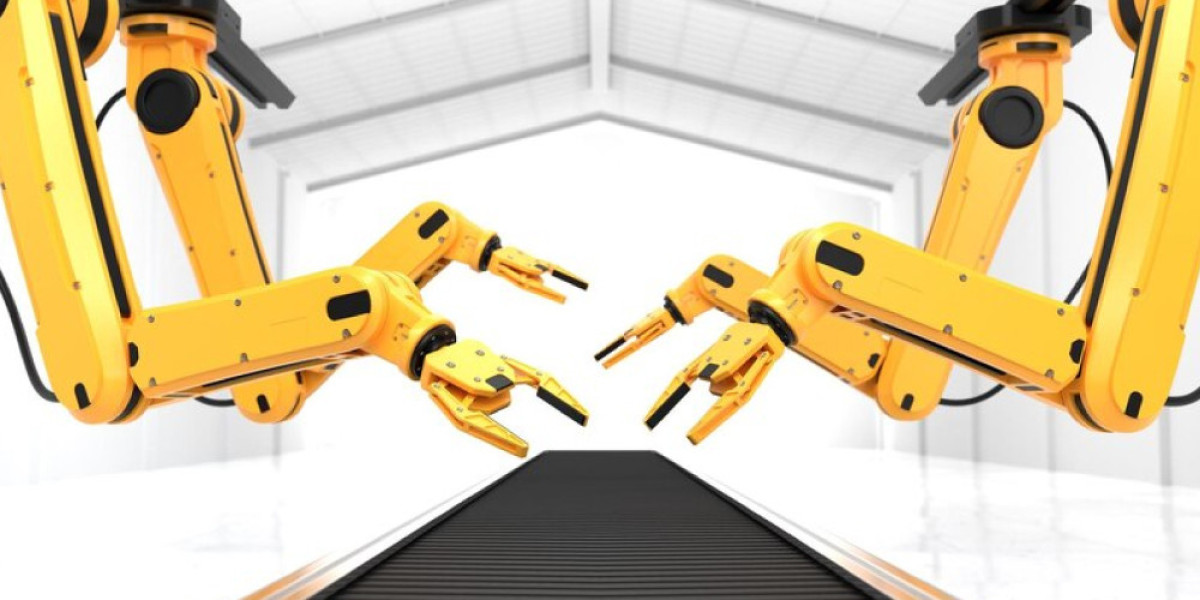The US Polyurethane Wheels Market Segments can be categorized based on product type, material, application, and end-use industry. Key segments include industrial caster wheels, polyurethane rollers, heavy-duty PU wheels, and non-marking wheels. Each segment is witnessing unique growth patterns driven by specific industry demands. For example, industrial caster wheels dominate warehouse applications, while non-marking wheels are preferred in healthcare and retail environments.
The US Polyurethane Wheels Market has witnessed significant growth over the past few years, driven by increasing industrial automation and the demand for high-performance material handling solutions. Polyurethane wheels are widely recognized for their durability, resistance to abrasion, and ability to operate quietly under heavy loads, making them ideal for a range of applications, from warehouse equipment to medical devices. In the United States, the market has been expanding steadily due to the growing need for efficiency in logistics, e-commerce operations, and manufacturing industries. As industries continue to adopt automated systems, the demand for polyurethane wheels, which offer superior wear resistance and longer lifespan compared to traditional rubber or metal wheels, has surged.
Market Dynamics
The US Polyurethane Wheels Market is influenced by multiple dynamic factors that shape its growth trajectory. One of the key dynamics is the ongoing technological advancements in material science, which have enhanced the quality and performance of polyurethane wheels. These innovations have resulted in wheels that can withstand higher loads, resist chemicals, and perform in extreme temperatures, thereby broadening their applications across diverse industries. Additionally, the adoption of automated guided vehicles (AGVs) and robotics in warehouses has fueled the need for reliable and long-lasting wheels. Urbanization and the expansion of warehousing facilities in metropolitan areas have further contributed to market growth, as industries increasingly seek efficient and low-maintenance mobility solutions for their operations.
Market Drivers
Several factors are driving the growth of the polyurethane wheels market in the United States. First, the increasing emphasis on workplace safety and ergonomic handling of equipment is encouraging companies to invest in wheels that reduce vibrations and noise levels. Polyurethane wheels, being quiet and vibration-resistant, are becoming the preferred choice for hospitals, food processing units, and industrial environments. Second, the rising e-commerce and logistics sectors are creating a high demand for material handling equipment that relies on high-performance wheels to ensure smooth movement of goods. Third, the environmental advantages of polyurethane wheels, such as their recyclability and lower carbon footprint compared to conventional wheel materials, are promoting their adoption among eco-conscious businesses. Moreover, the growing preference for long-lasting, low-maintenance products that minimize operational costs has further accelerated market growth.
Market Restraints
Despite the promising outlook, the US Polyurethane Wheels Market faces certain restraints that could limit its expansion. One major challenge is the high initial cost of polyurethane wheels compared to traditional rubber or plastic wheels. Small and medium-sized enterprises may find it difficult to justify the upfront investment, even though the long-term benefits are significant. Additionally, the performance of polyurethane wheels can be affected under extremely heavy loads or in highly abrasive environments, which may push some industries to continue using metal wheels. Fluctuations in raw material prices, particularly polyurethane resin, can also impact production costs and market pricing, creating uncertainty for manufacturers and end-users alike. Furthermore, a lack of awareness about the benefits of polyurethane wheels in certain sectors can slow down market penetration, especially in smaller-scale operations.
Segmentations
The US Polyurethane Wheels Market can be segmented based on material type, application, and end-user industry. In terms of material, wheels are classified into solid polyurethane, cast polyurethane, and thermoplastic polyurethane wheels. Solid polyurethane wheels are preferred for heavy-duty applications due to their high load-bearing capacity and abrasion resistance, whereas cast polyurethane wheels are ideal for industrial automation and equipment requiring precise movement. Thermoplastic polyurethane wheels offer flexibility, chemical resistance, and noise reduction, making them suitable for medical, laboratory, and food service applications.
Based on application, the market includes material handling equipment, medical devices, industrial machinery, and automated guided vehicles. Material handling equipment such as forklifts, trolleys, and pallet jacks constitute the largest segment, driven by the growth of warehouses and logistics facilities. Medical devices and hospital equipment also represent a growing segment, as polyurethane wheels ensure smooth, quiet, and safe movement of beds, carts, and diagnostic machines.
From the perspective of end-users, key industries include logistics, healthcare, manufacturing, retail, and food processing. Logistics and warehousing dominate the market due to the rise in e-commerce and the need for efficient goods transportation. The healthcare sector increasingly relies on polyurethane wheels for patient mobility equipment and medical carts, while manufacturing industries use them to enhance the longevity and efficiency of automated systems.
Challenges and Market Constraints
The US Polyurethane Wheels Market faces challenges in terms of material limitations and competitive pressures. While polyurethane wheels offer exceptional performance, they may not be suitable for extremely heavy-duty applications where steel wheels outperform them. Competition from alternative wheel materials, such as rubber, nylon, and metal, creates pricing pressures and limits adoption in cost-sensitive markets. In addition, manufacturers need to constantly innovate to produce wheels that meet evolving industrial requirements, including higher load capacity, chemical resistance, and sustainability standards. Supply chain disruptions and raw material price volatility can also affect market stability and profitability.
Future Outlook
Looking ahead, the US Polyurethane Wheels Market is expected to witness sustained growth, driven by industrial modernization, automation, and increasing demand for durable and efficient mobility solutions. Technological innovations in polyurethane formulations, such as enhanced chemical resistance, low rolling resistance, and noise reduction capabilities, will continue to expand their applicability across sectors. The rising adoption of smart warehouses and robotics will further fuel demand, as businesses seek wheels that optimize performance and reduce operational downtime.
In addition, sustainability trends are likely to influence market development, with manufacturers investing in eco-friendly polyurethane materials that are recyclable and energy-efficient. Strategic collaborations and partnerships between wheel manufacturers and industrial equipment providers are also anticipated to strengthen market presence and enhance product offerings. Despite challenges like high costs and competition from alternative materials, the combination of durability, performance, and sustainability ensures that polyurethane wheels will remain a preferred choice in the US industrial and commercial sectors.








